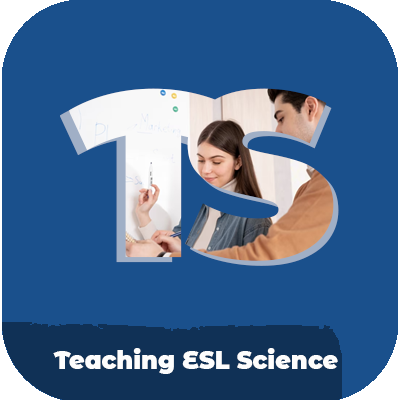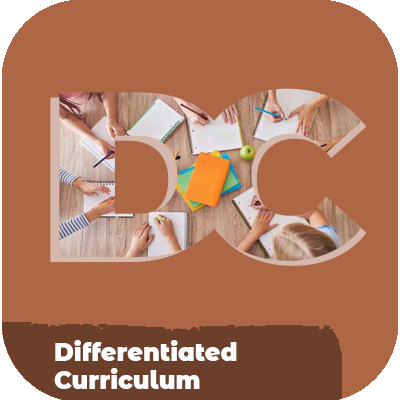Teaching ESL Science
Course Description:
This course is designed to provide teachers with the knowledge and skills needed to effectively teach science to English language learners (ELLs). The course will cover strategies for teaching science to ELLs, including how to scaffold instruction, build vocabulary, use inquiry-based lessons, and incorporate interactive activities. By the end of the course, participants will have a better understanding of how to create engaging lessons that meet the needs of their ELL students.
Course Objectives:
- Understand the challenges faced by ELLs when learning science
- Learn strategies for scaffolding instruction for ELLs in science classes
- Identify ways to build vocabulary related to science topics
- Develop inquiry-based lessons that are accessible for ELLs
- Incorporate interactive activities into lesson plans for ELLs in science classes
- Utilize visuals and tactile projects when teaching science concepts to ELLs
- Create an environment that encourages collaboration between ESL and classroom teachers when teaching science concepts to ELLs
- Understand how literature can be used as a tool for teaching science concepts to ELLs
- Analyze data from observations made during experiments conducted by ELL students in order to draw conclusions about scientific principles and theories being studied in class
- Design lesson plans that are tailored towards meeting the needs of individual ELL students in a classroom setting


